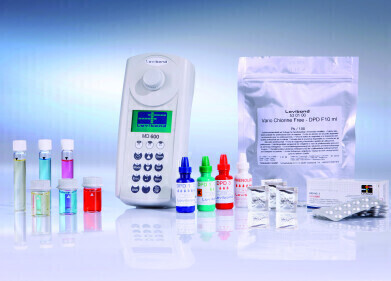Portable/Field Testing
Are industrial inspection robots closer than we think?
Apr 18 2024
The march of robotics into the industrial sector represents a significant pivot towards automation, with companies like Boston Dynamics leading the charge. As industries increasingly adopt digital transformation strategies, automating tasks like industrial inspections has become a crucial step. This is not only about replacing human labour but enhancing precision, efficiency, and safety in operations.
Boston Dynamics, a company initially recognized for its development of humanoid robots, has shifted its focus towards more practical applications in industrial environments. Their flagship robots, such as Spot and Stretch, are tailoring the future of industrial automation by performing roles that extend beyond the capabilities of traditional human-shaped robots.
Spot, a four-legged robot designed by Boston Dynamics, is proving to be more than just a novelty. With its ability to navigate rough terrains and climb stairs, Spot is deployed in various critical operations, from monitoring wildlife on airport runways to assisting in emergency response situations. Spot’s design allows it to perform routine inspections autonomously, creating digital twins of environments which can operate continuously, enhancing predictive maintenance and operational reliability.
On the other hand, Stretch, the warehouse robot, focuses on optimizing the most mundane yet labour-intensive tasks such as box moving. Capable of lifting up to 50 pounds and operating up to 16 hours on a single charge, Stretch represents a significant leap in endurance and efficiency compared to its humanoid counterparts. It’s a clear example of how targeted automation can meet specific industry needs—unloading containers, a task noted by Boston Dynamics' chief strategy officer Marc Theermann as "the most hated job in a warehouse."
The introduction of robots like Spot and Stretch into the workforce isn’t without challenges. Companies must consider the impact on their existing workforce and infrastructure. Boston Dynamics addresses these by providing comprehensive training and support, ensuring a smooth transition and immediate productivity boosts. They emphasize minimal disruption to fixed infrastructures, allowing businesses to integrate new robotic systems with existing operations seamlessly.
Moreover, the company’s development of Orbit, a fleet management software, in January signifies a deeper move into making robotic deployments more manageable and integrated within the industrial ecosystems. This software is designed to coordinate and optimize the performance of a fleet of robots, further streamlining operations and pushing towards a more interconnected industrial environment.
Despite their benefits, the deployment of these robotic technologies has faced public scrutiny and ethical debates, particularly concerning privacy and surveillance, as seen with the NYPD’s temporary use of Spot. Such instances underscore the need for clear guidelines and transparent communication from companies deploying these technologies to mitigate public concerns and enhance understanding of their benefits.
As Boston Dynamics explores the potential for future humanoid robots, they continue to engage with customers to tailor their technologies to meet specific industry needs. The firm is strategically positioning itself not just as a robot manufacturer but as a partner in industrial innovation.
Digital Edition
AET 28.2 April/May 2024
May 2024
Business News - Teledyne Marine expands with the acquisition of Valeport - Signal partners with gas analysis experts in Korea Air Monitoring - Continuous Fine Particulate Emission Monitor...
View all digital editions
Events
Jul 30 2024 Jakarta, Indonesia
China Energy Summit & Exhibition
Jul 31 2024 Beijing, China
2024 Beijing International Coal & Mining Exhibition
Aug 07 2024 Beijing, China
IWA World Water Congress & Exhibition
Aug 11 2024 Toronto, Canada
Aug 25 2024 Stockholm, Sweden and online




-QED-Image.jpg)





.jpg)








